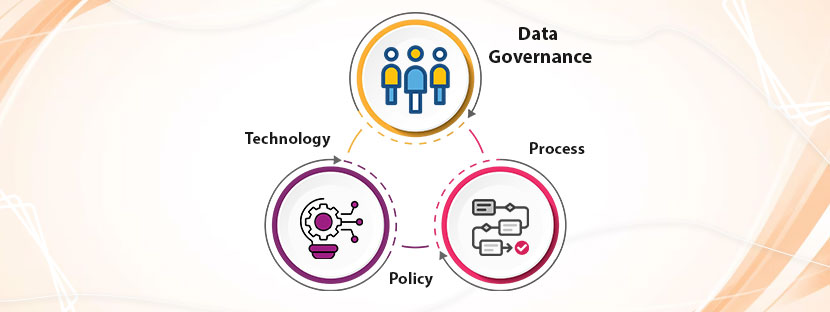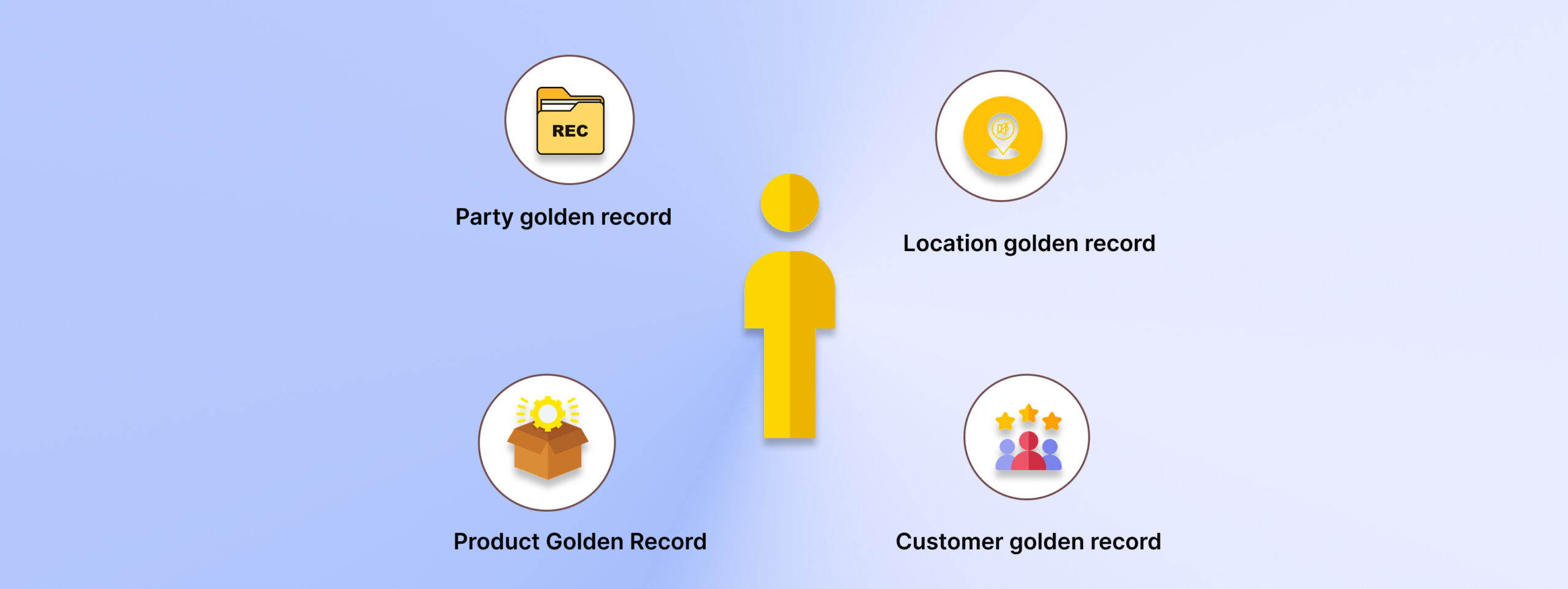When it comes to following data governance, most companies follow the generic one-size-fits-all principles.
That’s why 80% of digital organizations will fail because they didn’t adopt modern data governance principles. In reality, most organizations follow standard data governance principles that only solve general data problems, not the complex ones.
Following up on data governance best practices is essential, and you need to adopt suitable changes in your policies whenever needed. This is especially required when your organization makes data-driven decisions. Let’s keep checking on how your organization can bring the best of data governance practices through this blog.
Let’s begin.
What is data governance?
Data governance is a set of protocols that ensure your data is up to standard and suitable for business use. For modern businesses, it is important to make data-driven decisions and improve their bottom line. And for that, maintaining the data governance policies thoroughly is the thing.
Data governance controls the management of data assets, and it involves three basic elements: People, Process, and Technology.
Basically, a data governance mechanism amalgamates people with the process and technology. It helps businesses across all industries to organize data and make the data for further use. It’s a data lifestyle management process that governs data outputs. All you need is to adopt the right data measures to bring out the best of your data.
Best practices of data governance
Here are the measures you can adopt to practice the best of data governance. All these practices focus on refining the data processes with the help of people and integrated technology. Let’s get into the practices of data governance here.

Keep stakeholders on board
To implement data governance strategies, you need green signals from your stakeholders. Your stakeholders must agree with whatever you’re doing with the data structure. Employees are your internal stakeholders, and they must know what changes you need in your internal data governance procedure. One thing you need to ensure is that your action should be reflected across your organization’s structure. The best way to keep all your stakeholders on board is to implement a business case. By utilizing your leadership skills, you have to implement this business case into your organization.
Data stewardship
After strategizing the business plan, you have to define the complete roadmap towards it. It means you need to elaborate on roles, responsibilities, and ownership of the plan clearly to your team for better implementation. On the other hand, you need to be thorough with your plan as it can be changed constantly. You have to prepare for it with flexible measures.
The motto of data stewardship is to improve data quality and enhance collaboration between teams. It also means complete data ownership from all parts of your organization in the process, collaboratively. Here are the key players that you must include in your data structure;
🗸 Data council – to oversee your entire data governance strategy. They can guide you through their strategic suggestions.
🗸 Data owners – data owners are the people who are responsible for any specific data. They are the ones who serve data when there is a need for a certain type of data.
🗸 Data users – the people who will use the data directly for the business, come under this parameter. Sales team, marketing team, etc, will come under this category.
After analyzing your data needs, you have to figure out the key data distribution channels among these key people. This will help you build the data governance framework.
Smooth & frequent communication
No matter where you and your organization are in the data governance program and processes, it is essential to communicate. Consistent and effective communication is critical to show the impact of the program, celebrate wins, and honestly acknowledge setbacks. Create and update a defined list of stakeholders within your organization and make sure communications are easy to access and easy to digest. This will make sure the right people know what they need to know while avoiding surprises and socializing progress.
Data quality management
To get the best data governance strategies, you need to ensure your quality management procedure is intact. You can harness the full potential of your data when you maintain the quality of your data in complete measurements. You can keep checking data quality parameters for quality data maintenance. When you ensure the quality of your data, you can inculcate personalized communications, customer service interaction, promotions, and a lot more things.
Apart from that, high-quality data helps businesses to make informed decisions and also helps the business accomplish all its goals. Plus, it can take your business out of the challenges that it is facing due to poor quality data and bad decisions.
Data governance is a continuous process
First of all, please accept that data governance is not a thing that once you plug it and, it will serve you always. Not at all, rather, it’s a practice – a continuous one. It means you have to continue the data governance process throughout the business cycle. Many businesses fail to implement constant data governance principles at their core. Not considering it as a continuous process is the primary reason for that.
So, for the best results to be reflected in your data practices, it’s best for you to maintain a constant data governance procedure at your base. Or if you have any specific needs, you can connect to a data governance specialist, too.











